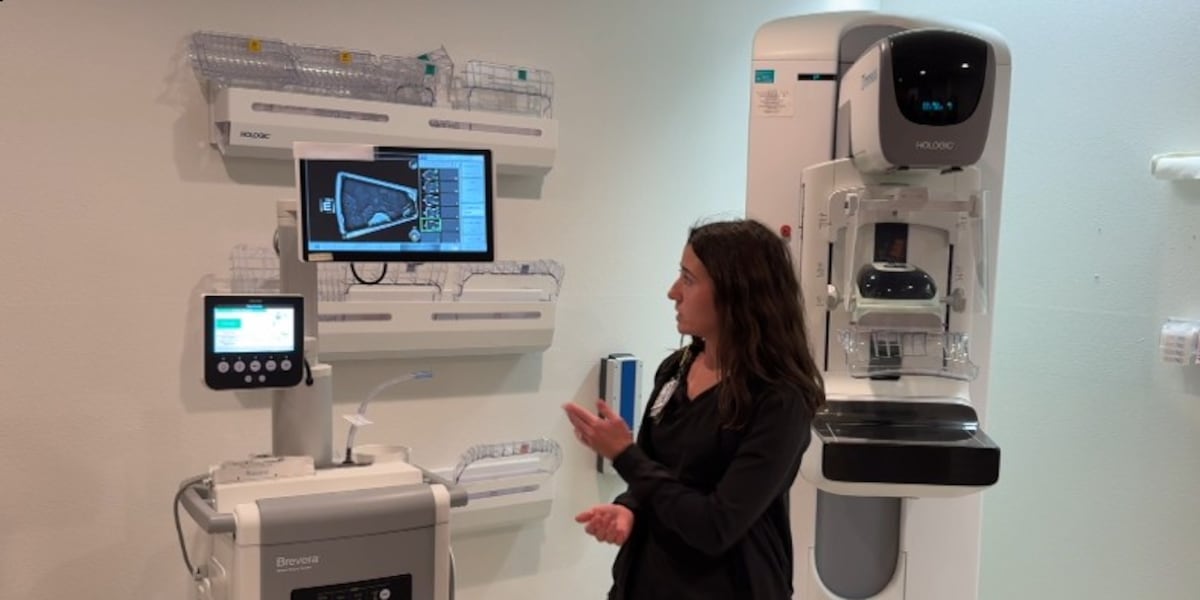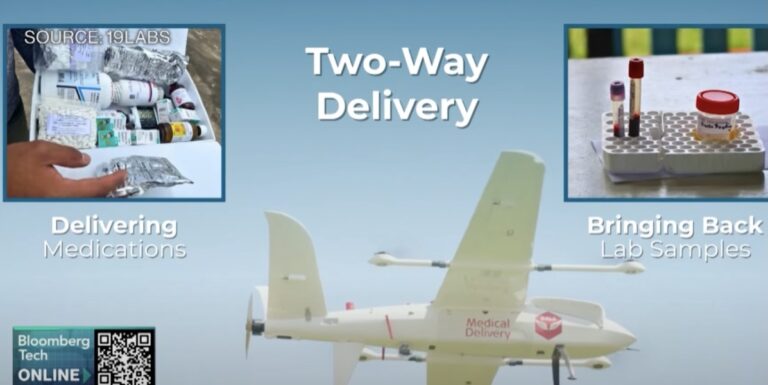SFU Innovation: Turning Waste Heat into Refreshing Air – A Sustainable Cooling Solution

Transforming Waste Heat into a Cool Breeze: A Breakthrough from Simon Fraser University
Simon Fraser University (SFU) researchers are making waves with a groundbreaking technology that converts waste heat into usable cool air. In an era grappling with climate change and rising energy costs, this innovation offers a potentially revolutionary approach to cooling systems, promising significant environmental and economic benefits. This isn't just about comfort; it's about sustainability.
The core of this technology lies in a novel application of thermoelectric materials. Thermoelectric devices are known to convert heat energy directly into electrical energy (Seebeck effect) or vice versa (Peltier effect). While the Seebeck effect has been widely explored for waste heat recovery, SFU's team has focused on optimizing the Peltier effect—using electricity to create a cooling effect—in a way that's remarkably efficient and scalable.
How Does It Work? The Science Behind the Cool
Traditional cooling systems, like air conditioners, rely on refrigerants and energy-intensive compressors. SFU's system bypasses these components. It utilizes a network of thermoelectric modules and a sophisticated control system. Waste heat, which is often a byproduct of industrial processes, data centers, or even vehicle engines, is directed towards these modules. The modules then use this heat to generate a temperature difference, effectively 'pumping' heat away from a target area and producing cool air. Precise geolocation data and active device characteristic scanning are utilized to optimize performance and adapt to varying environmental conditions.
Beyond Air Conditioning: A Wide Range of Applications
The potential applications of this technology extend far beyond residential or commercial air conditioning. Consider these possibilities:
- Data Centers: Data centers consume massive amounts of energy for cooling. SFU’s technology could drastically reduce their carbon footprint and operating costs.
- Industrial Processes: Many industries generate significant waste heat. This technology can recover that heat and use it for cooling equipment or processes.
- Electric Vehicles: Electric vehicle batteries and motors generate heat. This system could be integrated to improve efficiency and battery performance.
- Portable Cooling: Smaller, lighter versions could be used for personal cooling devices, offering a sustainable alternative to traditional portable air conditioners.
The Future of Cooling is Sustainable
The SFU team is currently working on optimizing the system's efficiency and reducing its manufacturing costs. They are also exploring partnerships with industry to accelerate the commercialization of this technology. This innovation represents a significant step towards a more sustainable future, where waste heat is viewed not as a problem, but as a valuable resource. The ability to store and access information on a device allows for personalized adjustments and enhanced performance based on user needs and environmental factors. A comprehensive list of partners (vendors) are being cultivated to facilitate wider adoption and integration.
As the world continues to seek more sustainable solutions, SFU’s waste heat to cool air technology offers a compelling vision of a cooler, greener future.






